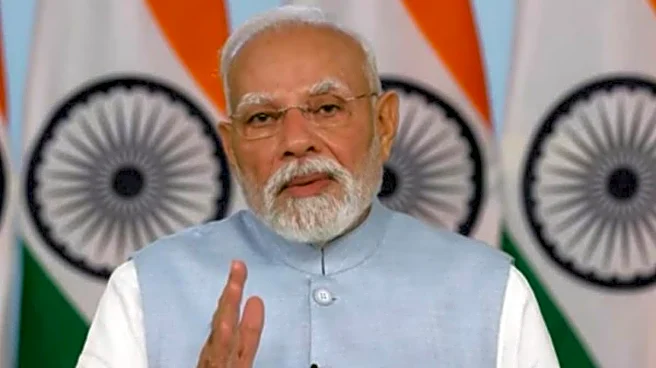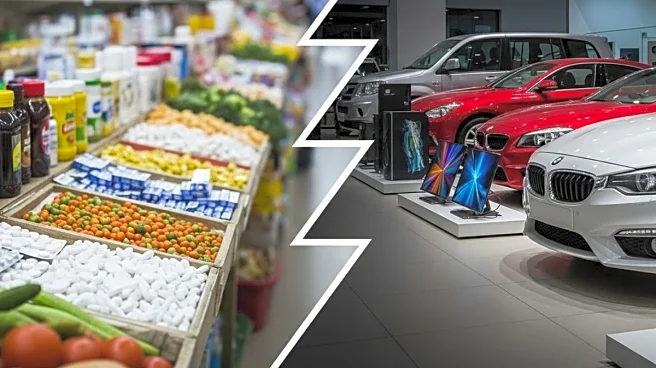The government is all geared up for the biggest festival before Diwali – the GST 2.0. PM Modi, in his address to the nation, made it clear that ‘Nagrik Devo Bhava’ (citizen is the god) should be the mantra for the rate rationalisation under the new GST regime.
However, the biggest challenge for the government and the finance ministry would be to ensure that the benefits of the new regime go to consumers and not just manufacturers.
The CBIC (Central Board of Indirect Customs and Taxes) has set up multiple ground committees for this purpose. The timeline to gauge and calculate the benefit of the GST 2.0 would be 6 months. A sales figure will be shared with the ministry and government by the 20th day of each month.
Additionally, a close watch would
be kept on 54 items, which are expected to be the most critical benchmarks to calculate the success of the new rate rationalisation in reaching the citizens. These items include toys, medicines, consumables, and farm products.
ALSO READ: PM Modi: GST 2.0, Income Tax Cuts To Save Citizens’ Rs 2.5 Lakh Crore, Double Bonanza For Poor
At a time when there is some concern and apprehension that there could be a slowdown in the economy, the government wants to remove these needless apprehensions. With a combination of GST 2.0 and the new income tax regime, the government hopes to ensure that people can save money, which could be spent on purchasing products, which in turn would spur economic growth.
While the BJP has been spreading the word about this, the finance ministry is also working overtime to ensure the people understand that GST 2.0 will bring down the prices of essential commodities. It also hopes that this would lead to an increase in consumption habits.
For example, if someone is planning to buy a two-wheeler, they might instead opt for a small four-wheeler, thereby fulfilling their aspirations while also contributing to automobile sales, a sector that was slightly worried due to the turmoil India is seeing with America.
The Commerce, Finance and Infrastructure Ministries are also working in close coordination to boost sales that can also bolster the Indian economy. Finance Minister Nirmala Sitharaman has been travelling to ensure this message reaches the small sectors and consumers. She was in Madurai recently to meet manufacturers dependent on government support. In poll-bound West Bengal, she carried the message that it was the ‘puja spirit’ that inspired GST 2.0.
The finance ministry will be closely working with the CBIC and other agencies to monitor how sales pick up with the onset of the festive season, starting from Navratri. However, sources say one cannot expect as the impact of GST 2.0 and the new Income Tax over a short period of time. That’s the reason why a timeline has been fixed.
It seems that with this twin plan, India’s long-term goal of creating a Viksit Bharat by 2047 – where it is self-reliant and relies on Swadeshi products – could be achieved.


/images/ppid_59c68470-image-17583400253698400.webp)

/images/ppid_59c68470-image-175827503631172991.webp)
/images/ppid_a911dc6a-image-175846333416014250.webp)

/images/ppid_a911dc6a-image-175846064542845367.webp)
/images/ppid_59c68470-image-175835752323868313.webp)

/images/ppid_59c68470-image-175844002534551264.webp)


/images/ppid_59c68470-image-175828261225148258.webp)
/images/ppid_59c68470-image-175836006816489526.webp)
/images/ppid_59c68470-image-175835005661730158.webp)
/images/ppid_59c68470-image-175843002398062786.webp)